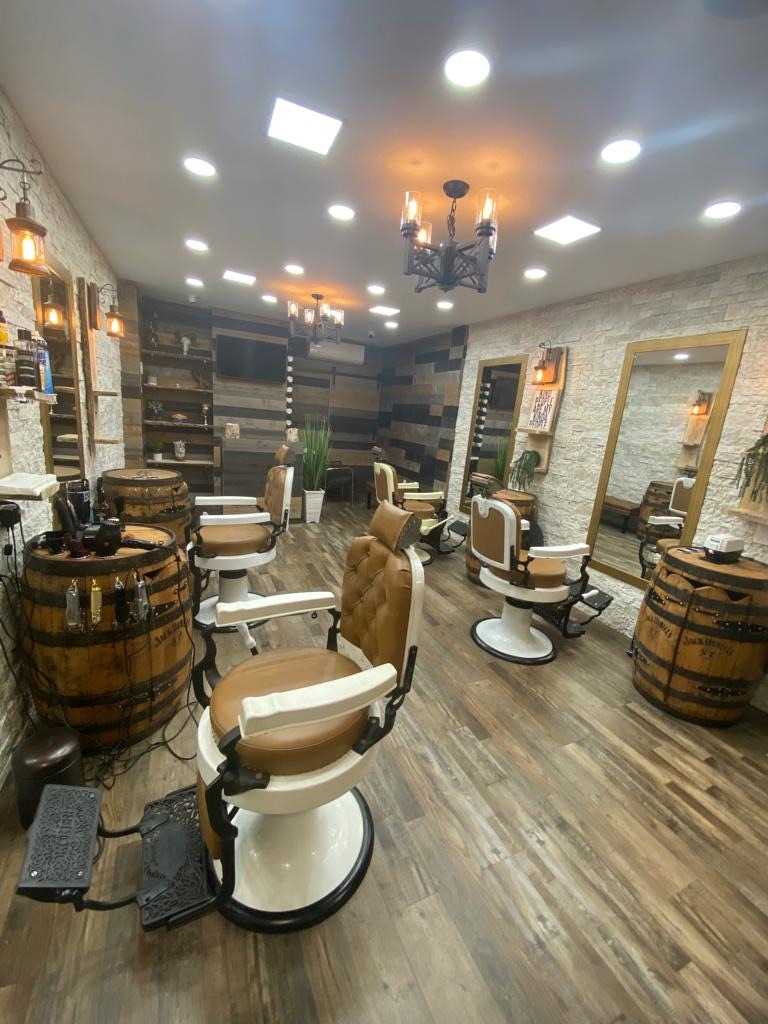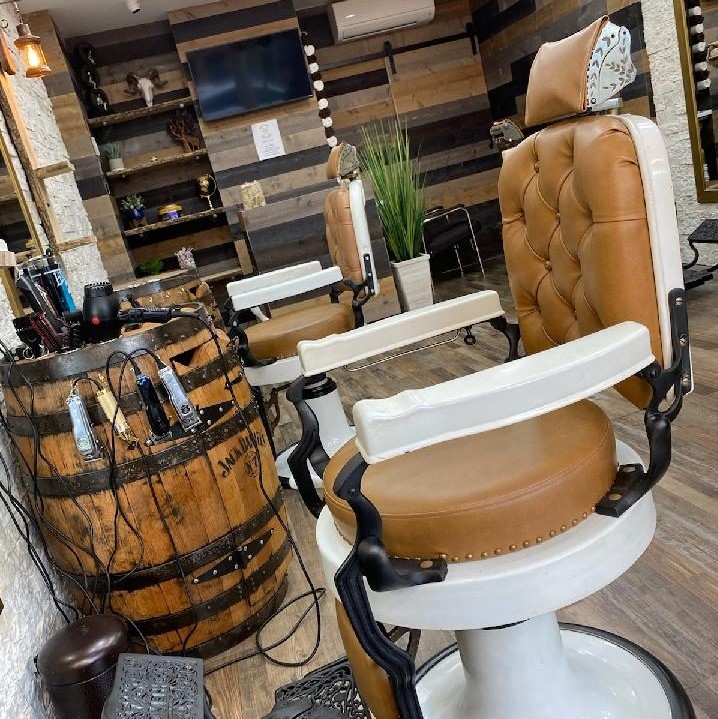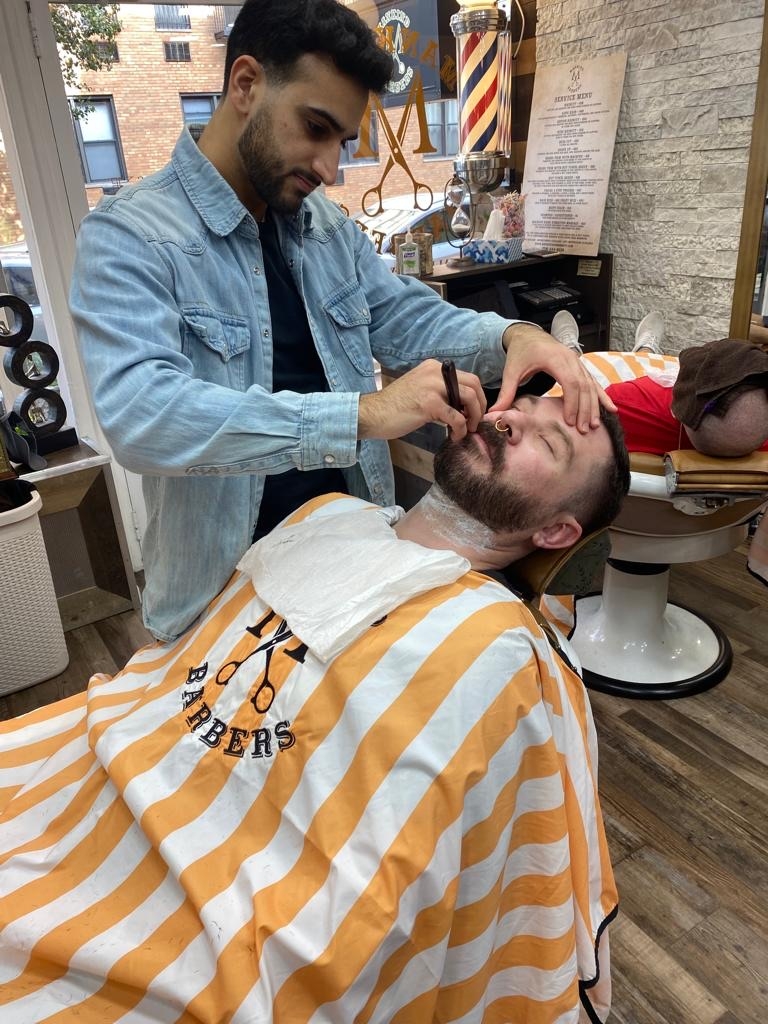Beard Sculpting Techniques
What are some popular beard sculpting techniques using a straight razor?
When it comes to popular beard sculpting techniques using a straight razor, many men opt for the classic clean lines and sharp edges that can be achieved with precision shaving. By carefully using a straight razor, individuals can create defined shapes and contours for their beard, such as a well-groomed neckline or a sharp cheek line. This technique requires a steady hand and attention to detail to ensure a polished and professional look.
Beard Maintenance During Travel



